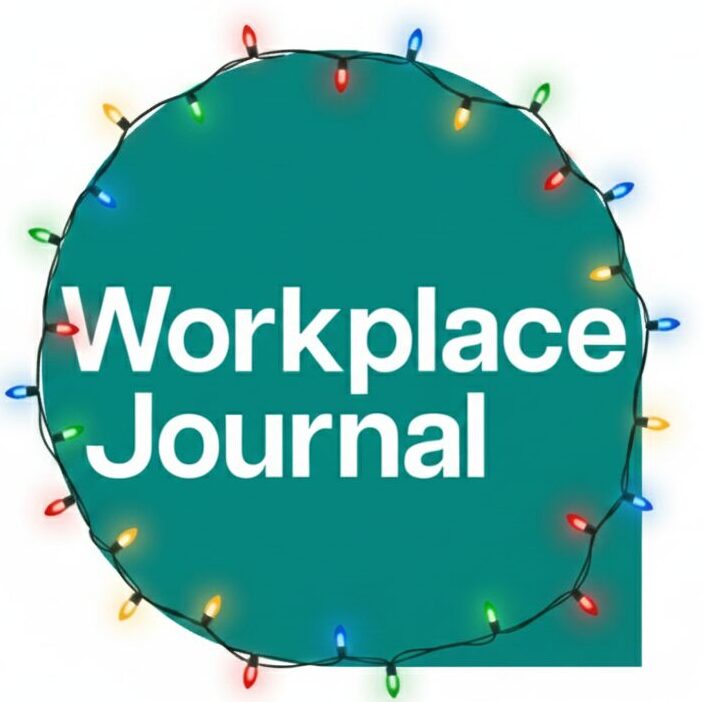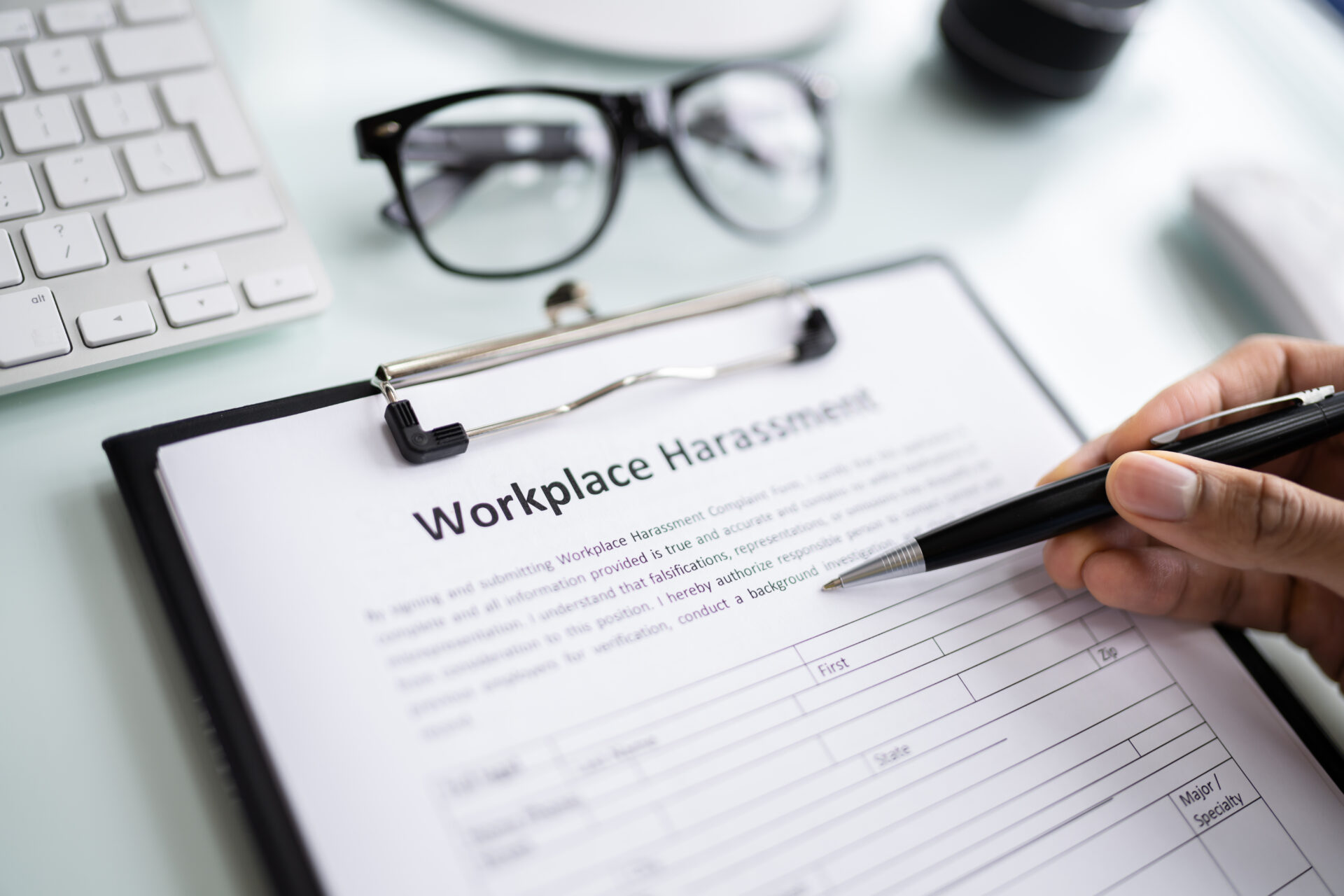Almost one year since the Worker Protection Act came into force, legally requiring UK employers to take reasonable steps to prevent sexual harassment at work, research by WorkNest has found that over half of businesses (54%) are concerned they haven’t done enough to comply with the legal duty.
The survey of more than 400 HR professionals revealed significant compliance gaps despite the clear legal and reputational risks, with many employers still in the process of fully implementing the necessary measures.
Four in 10 (41%) have not carried out a sexual harassment risk assessment, and almost one quarter (22%) are unsure whether they have one in place.
Only just over a third (37%) confirmed that they have completed a valid risk assessment.
Training, a key component of demonstrating compliance under the Worker Protection Act, is also lagging behind.
Nearly half of businesses (45%) have provided sexual harassment training for all staff and managers, but one third (34%) have not offered any such training since the duty took effect in October 2024.
Lorna Gemmell, employment law and HR training manager at WorkNest, said: “While it appears that employers are aware of their legal duties, there is still significant work to be done to embed preventative measures effectively for many.
“Risk assessments and training are fundamental steps, and without them, businesses may face being non-compliant.
“This could pose serious risks for organisations including potential legal claims, reputational damage and employee relations issues.”
Gemmell added: “The duty to prevent sexual harassment is not just a compliance exercise, but a cultural one. HR and leadership teams should take this one year milestone as an opportunity to review practices and accelerate change. Train staff at all levels and ensure a workplace culture where harassment is prevented and addressed.
“Failing to comply with the duty could expose employers to Employment Tribunal claims, EHRC investigation, reputational harm, and financial penalties.
“Taking action now will not only reduce these risks but also prepare organisations for stricter rules that are on the horizon.”
















